There are different types of cameras available for use all over the internet.
But every beginner gets confused at first about whether to opt for a digital camera or an analog one.
These two are the primary ways of capturing your life’s moments. And the choice solely depends on the person buying.
Digital cameras have recently overtaken the world, whereas film cameras are a classic.
In this article, we discuss both types of game-changer cameras and how they perform against each other.
Both digital and analog cameras have their benefits, and they are similar and different from the others in many ways.
Traditional Film Cameras
A traditional camera uses a film that captures images on the frames by exposing them individually to light.
The rolls of film that hold the frames are made of plastic and layered with a substance, silver halide crystals.
These crystals produce the negatives of the image as they darken when exposed to light.
A film camera can be used if there are unexposed frames in the film roll.
Once the roll has been used up, it is taken to be developed in darkrooms with the help of liquid chemicals.
Film photography has been available for a long time and is still in use.
Advantages & Disadvantages
For traditional film photography, the biggest benefit a user would get is the high dynamic range of the light and shadows.
It also adds a much-coveted warm film look to the images.
But the disadvantages include the limited number of shots you can take and the long development period.
Modern Digital Cameras
Digital cameras, on the other hand, are a relatively new concept.
Invented in 1975, it has seen a remarkable rise in popularity because of its ease of function.
These cameras do not function much differently from traditional film cameras.
In digital cameras, we see that the image is captured on an electronic sensor rather than a film.
These electronic photodetectors work by capturing the image either manually or with the help of the lens.
The photos taken need no roll frames or chemicals, and they are saved on a memory card.
Advantages & Disadvantages
With digital cameras, you can instantly review your photos, boosting it against film cameras.
You can also easily shift them to another device or edit them whenever possible.
But digital cameras often offer less consistent quality images, as not all models are up to par.
Similarities Between Modern and Traditional Cameras
Traditional film cameras may differ greatly from digital cameras, but that doesn’t mean they do not have similarities.
Both types of cameras are used worldwide because of their distinct appeal.
And they work wonders in capturing the moment you want to remember for the rest of your life.
Both film and digital cameras also come with the necessary tools for photography, like lens, flash, viewfinder, aperture, shutter, and ISO settings.
Difference Between Modern and Traditional Photography
But even though both traditional and digital cameras can take stellar photographs, there are key differences.
The most common point in favor of digital game-changer cameras is that they take images that can later be edited.
Once you have clicked a shot on film, it is taken to be developed exactly as it is.
But with digital copies, you can tweak the lighting or fix flaws at any time.
However, a key point against modern models is that they can become obsolete in a few years.
With the progress of technology, we see newer and superior models of digital cameras being released every year.
So, a 10-year-old digital camera is sure to go out of style. However, film cameras are vintage charms that have retained their relevance for centuries.
Cost
A factor to consider while differentiating between digital and film cameras is the cost of both.
Cameras of any type are an investment, but with film cameras, the initial cost is low.
However, we should consider the continuous charge of developing the frames and the film rolls.
There is also the additional cost of scanning these images for online use.
However, with a digital camera, there is virtually no money required after the initial investment.
Sure, they cost a fortune when you get the set first, but taking and editing the images are free of charge. But printing them will require an inkjet printer.
Resolution of Images
A big difference in terms of the quality of the images is the resolution of the captured shots.
With a film camera, you will get shots with a higher resolution than most digital cameras.
This is because the photos have more pixels per inch. The resolution depends on the model of your film camera, but the image is guaranteed to be crisp and of a higher quality.
This doesn’t mean that digital cameras capture bland-looking shots. Most models offer a basic resolution between 12 to 20 megapixels.
This may not be as high as a film camera, but the images will still look clear and pretty.
Wrapping Up
Digital cameras, as well as traditional film cameras, are beloved in the photography industry.
Both have their uses and can yield pretty images at a click.
But when pitched against one another, they have similarities and differences.
Both work on the same mechanism, but with a digital camera, you do not have to develop the film.
However, with film cameras, you get images of a higher resolution.
These models are also cheaper than digital cameras, but in the long run, they take work.
The choice depends on the buyer, but don’t forget to let us know in the comments which type you would choose!


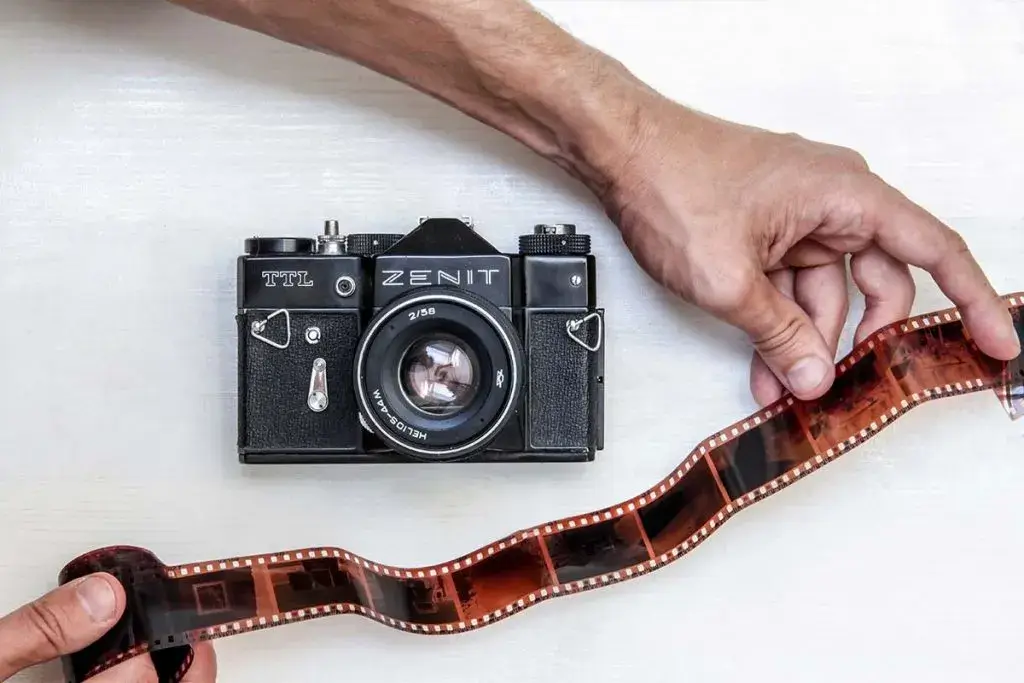
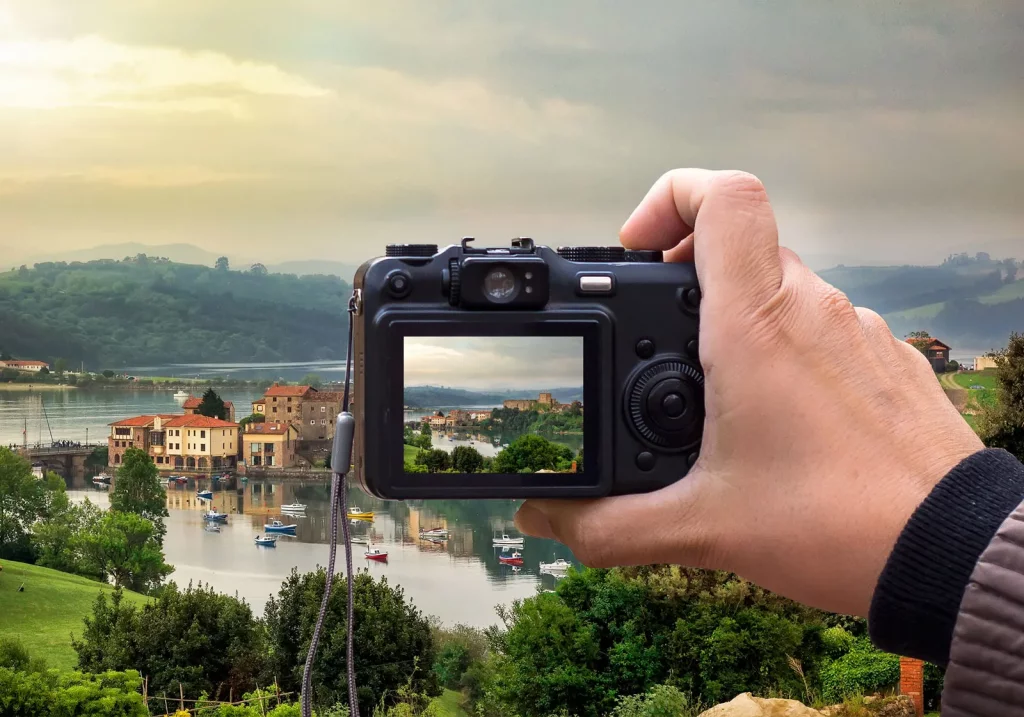

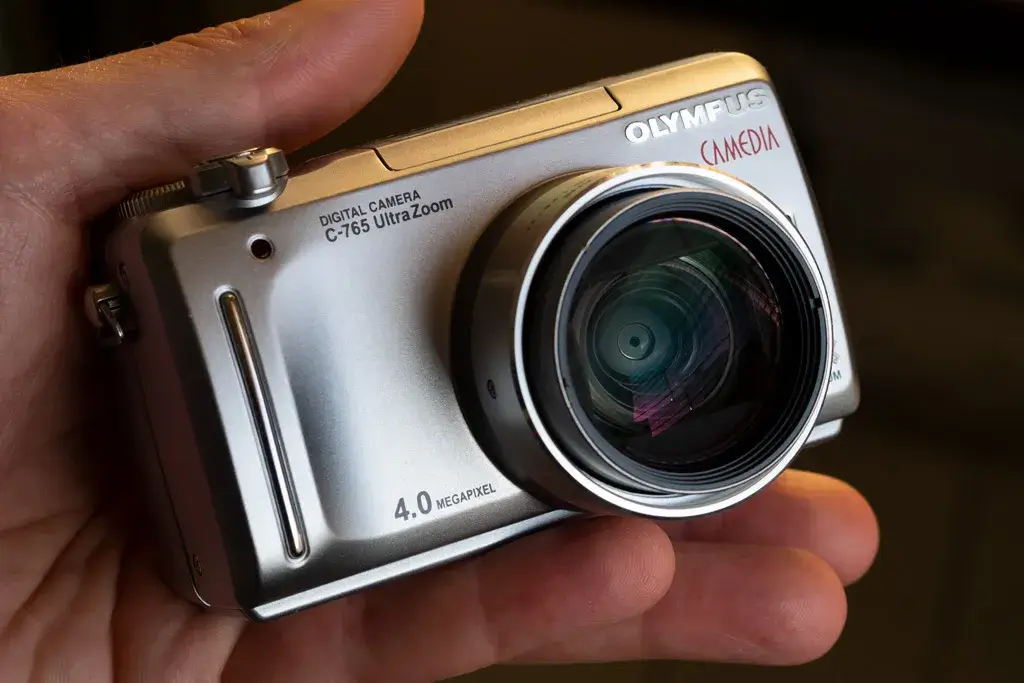

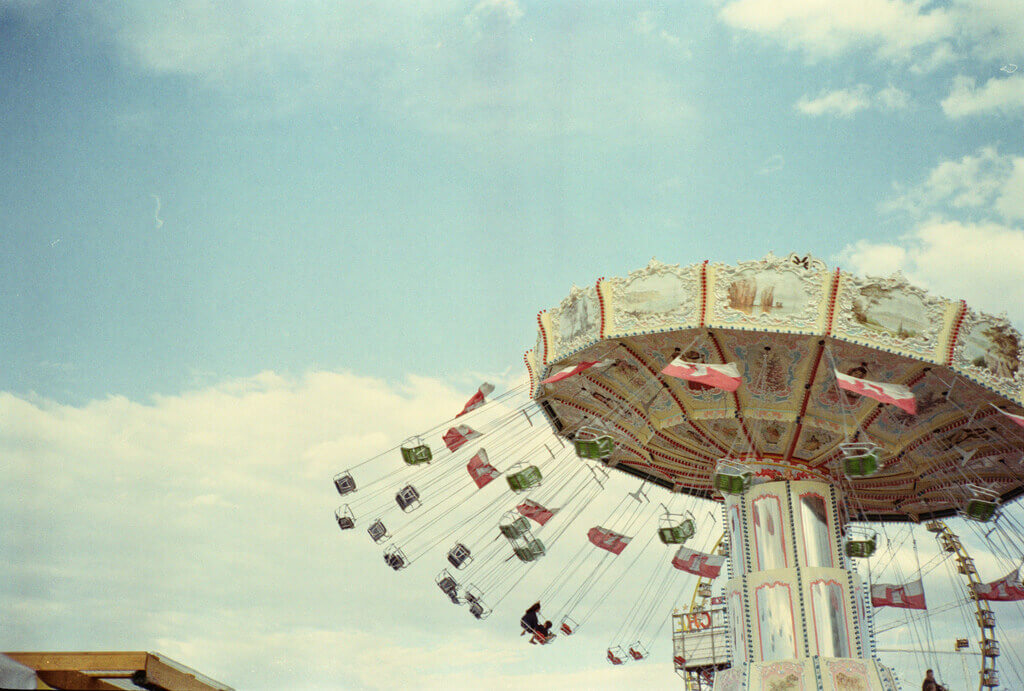
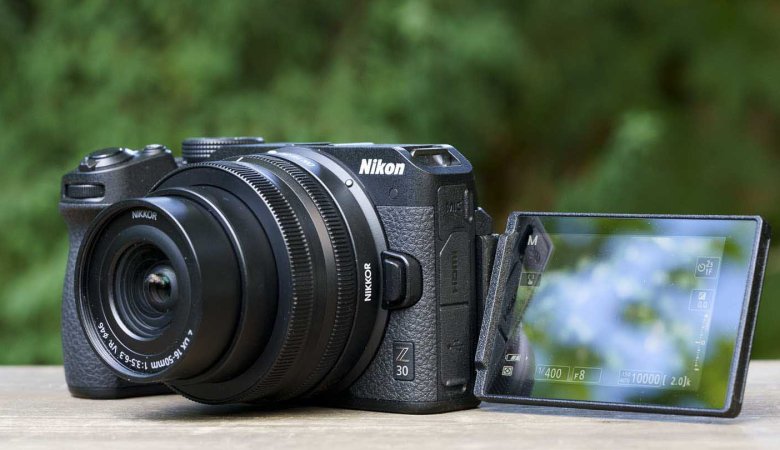
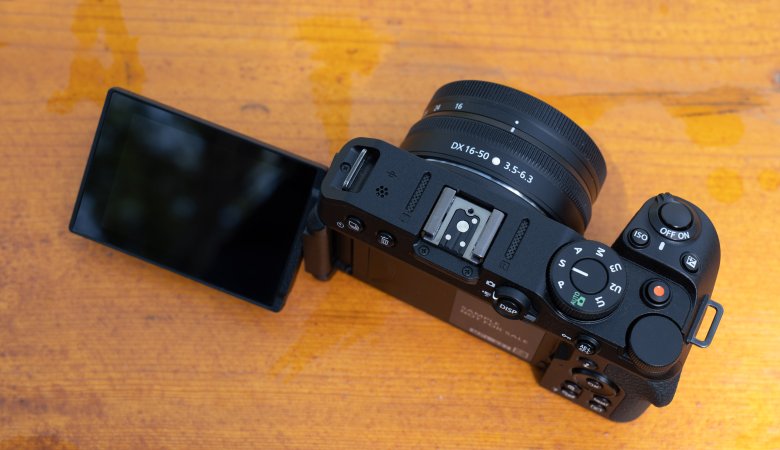
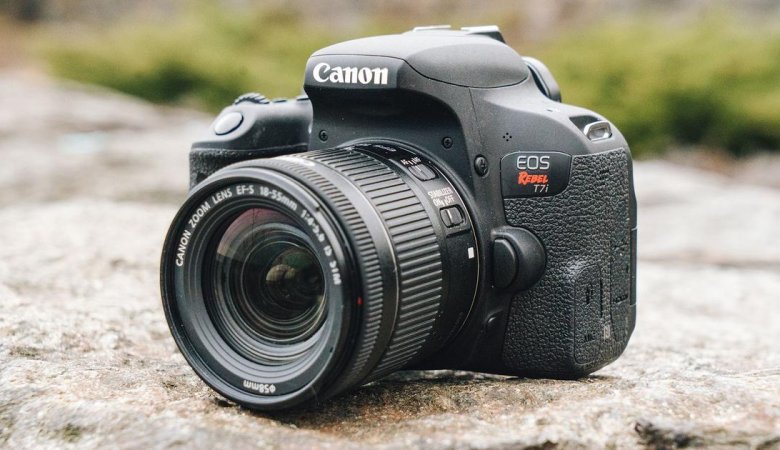
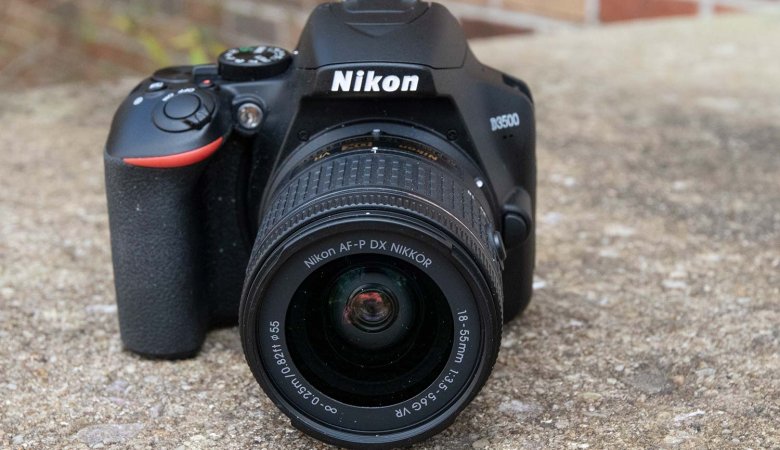
Leave a Reply